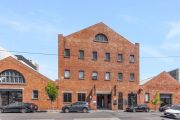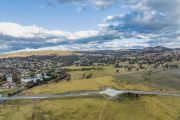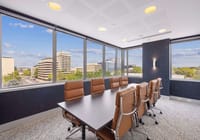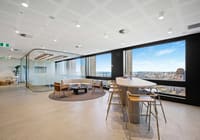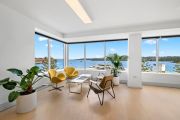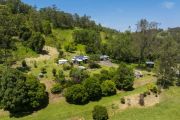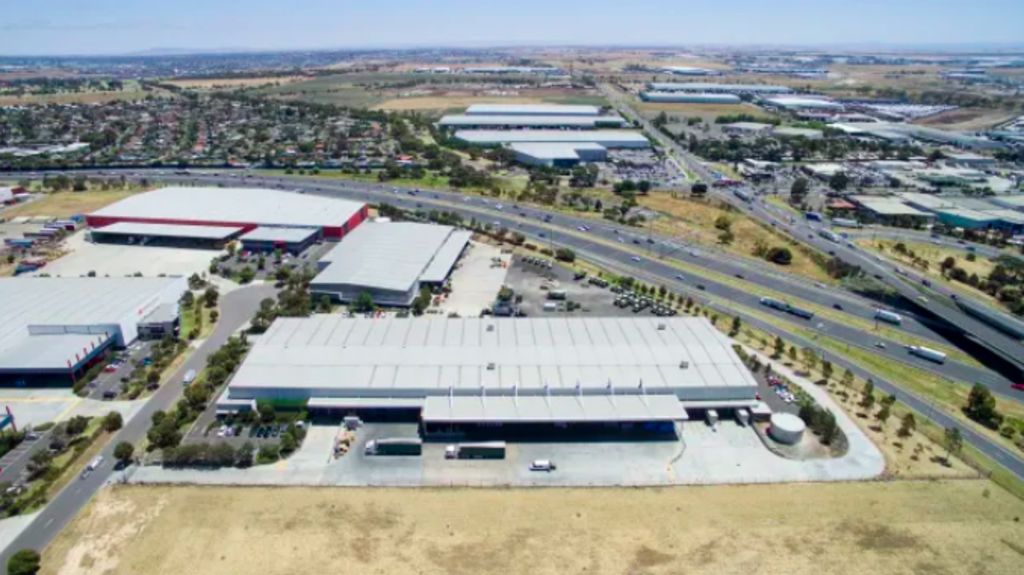
Melbourne industrial land values up 22.8 per cent in a year
Melbourne’s industrial land values surged faster than any other capital city in the past year matched by a strong uplift in rents, according to a new report by CBRE.
Driven by competition for “attractive locations with strong accessibility”, the price of a 1.6-hectare Melbourne lot increased 22.8 per cent in the past 12 months (to March 2019) compared with an average 5.3 per cent increase recorded nationally across the major capital-city markets.
Land value rises were even stronger in Melbourne’s east and west, growing 35.5 per cent and 25 per cent year on year respectively to an indicative $525 per square metre and $238 per square metre.
By comparison, Sydney land values rose 10.5 per cent for a 1.6-hectare block while Brisbane land values rose 11 per cent year on year.
“Historically, Melbourne’s west has provided the cheapest industrial land in Melbourne,” said CBRE head of logistics and retail research Kate Bailey.
“However, demand for affordable rents has driven land values in the west to be more expensive than the north, where 1.6-hectare-lot land values have risen 6 per cent year on year to $220 per square metre,” she said
“Elsewhere, the growing importance of accessibility to ports and customer bases is driving growth in inner Melbourne, where 1.6-hectare-lot land values surged by 23.5 per cent year on year to $1050 per square metre.”
The Australian Financial Review has reported on a number of land deals that have recalibrated industrial land values in Melbourne.
Among them, in March, funds management giant ISPT paid $60 million for a large site in Melbourne’s south-west, bought from logistics giant Toll.
Industry insiders said the deal for the 30-hectare site in Horsburgh Drive in Altona North represented about a 100 per cent increase on what the property would have sold for 18 months ago.
In its own report, CBRE noted that a property at 508 Wellington Road, Mulgrave, in the south-east changed hands for $15.5 million in December 2016 and again for $30.5 million in September 2018 without any value added.
“In tightly held precincts such as the south-east, a lack of land is driving demand for secondary markets such as Cranbourne West and Pakenham,” said James Jorgensen, the new head of CBRE’s Victorian Industrial Team.
Alongside the surge in Melbourne land values, super-prime industrial rents increased 7.4 per cent over the past 12 months, according to CBRE’s Q1 Australia Industrial and Logistics MarketView.
Nationally, the report found that super-prime net face rents increased 2 per cent year on year with Adelaide recording the strongest growth of 8 per cent.
The report also found that industrial and logistics sales in the first quarter were down 51 per cent compared with a year ago, with just $726 million in assets transacted.
CBRE said this was primarily due to the small volume of assets available for sale.

